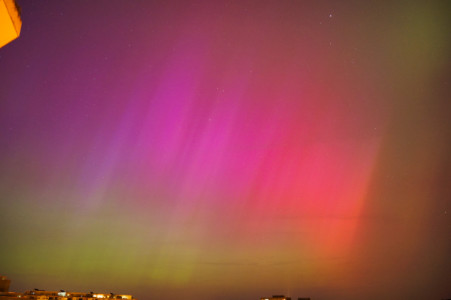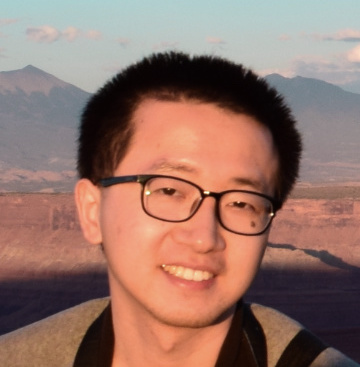When you raise your head and gaze into the night sky, have you ever wondered about the lives of those shining stars? Is the hidden depth behind the darkness of stardust as tranquil as it appears?

photographed at Darmstadt, May 11, 2024
A star with greater than about eight times solar mass ends its life when the core exhausts the nuclear fuel. The core collapses and bounces back when the supranuclear density is reached. The bounce lauches a shock wave that may lead to an explosion of supernova and forms a neutron star at the center.
When two neutron stars in a binary system lose energy by gravitational wave emission and collide each other, a portion of the total mass is expelled dynamically during the coalescence. The rest of the two neutron stars merges into central remnant, either a transiently stable hyper-massive neutron star, or a black hole, surrounded by an accretion disk.
Both core-collapse supernovae and neutron star mergers provide excellent laboratories to probe the physics at the extremes. Their central compact objects are sufficiently hot, emitting copious amount of neutrinos in all flavors. Those neutrinos interact with the medium and play crucial roles in the dynamics and nucleosynthesis.
Neutrinos are naughty particles, because they can change flavors as a phenomenon confirmed by various accelerator, reactor, atmospheric, and solar neutrino experiments. In contrast to the solar neutrinos whose flavor oscillations can be treated separately, neutrinos at the cores of supernovae and mergers are strongly coupled together with extremely high flux, which leads to a variety of collective flavor phenomena, the so-called collective neutrino oscillations. Understanding the mysterious neutrino flavor physics and the implications in those dense astrophysical environments is my acedemic goal in the near- and mid-term future.
About me
As a physicist working in the field of neutrino and nuclear astrophysics, I received my undergraduate degree in physics from Shanghai Jiao Tong University (SJTU) in 2015 and earned my Ph.D. from the University of Minnesota (UMN) in 2020 under the supervision of Prof. Yong-Zhong Qian. Afterwards, I worked with Prof. Gabriel Martínez-Pinedo at GSI Helmhotz Center for Heavy Ion Research, Darmstadt, Germany.
News
June 3, 2024Fast neutrino flavor conversions in a supernova: Emergence, evolution, and effects is published in the Physical Review D.
May 9, 2024Production of 𝑝-Nuclei from 𝑟-Process Seeds: The 𝜈𝑟-Process is published in the Physical Review Letters as the Editor's suggestion. See also the news in the Physics Synopsis and GSI press release.

